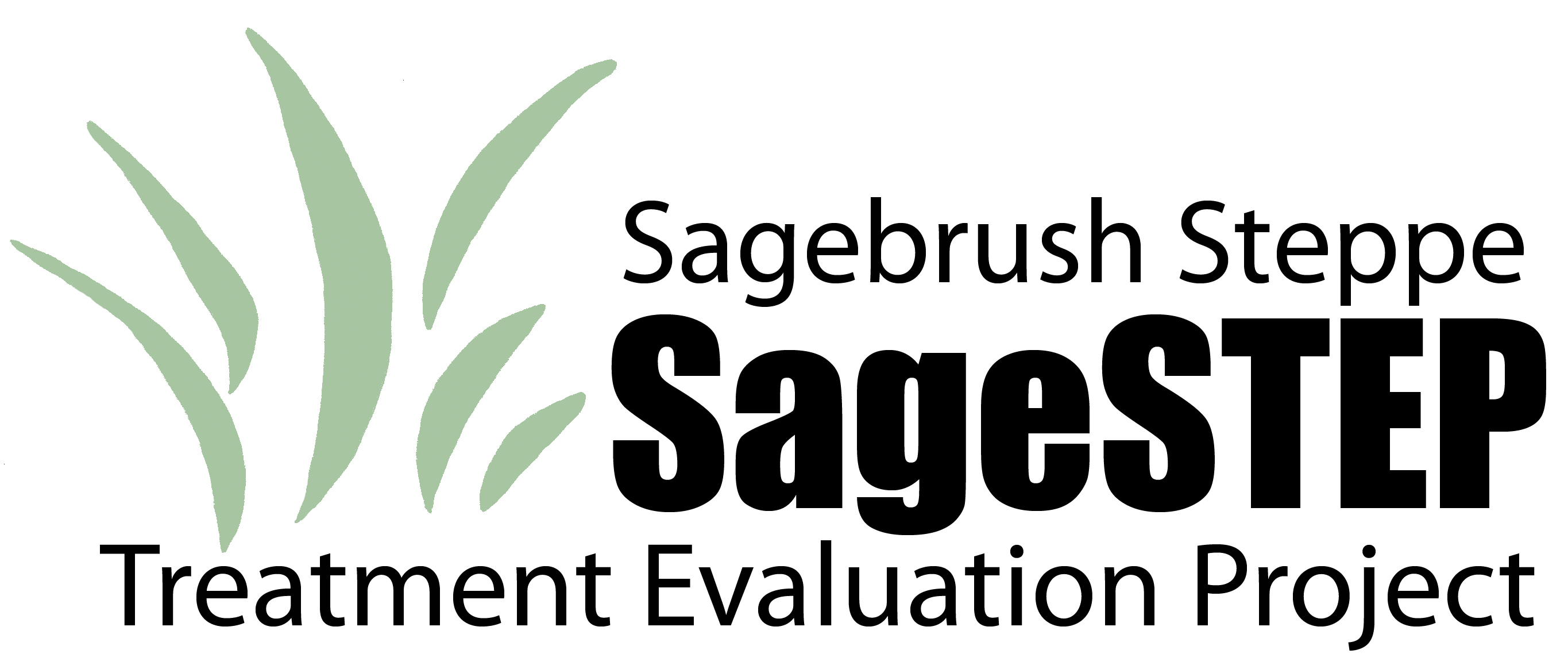Document Type
Report
Publisher
U.S. Geological Survey
Publication Date
3-2018
First Page
1
Last Page
74
Abstract
Sagebrush steppe ecosystems in the United States currently (2016) occur on only about one-half of their historical land area because of changes in land use, urban growth, and degradation of land, including invasions of non-native plants. The existence of many animal species depends on the existence of sagebrush steppe habitat. The greater sage-grouse (Centrocercus urophasianus) depends on large landscapes of intact habitat of sagebrush and perennial grasses for their existence. In addition, other sagebrush-obligate animals have similar requirements and restoration of landscapes for greater sage-grouse also will benefit these animals. Once sagebrush lands are degraded, they may require restoration actions to make those lands viable habitat for supporting sagebrush-obligate animals, livestock, and wild horses, and to provide ecosystem services for humans now and for future generations.
When a decision is made on where restoration treatments should be applied, there are a number of site-specific decisions managers face before selecting the appropriate type of restoration. This site-level decision tool for restoration of sagebrush steppe ecosystems is organized in nine steps.
●Step 1 describes the process of defining site-level restoration objectives.
●Step 2 describes the ecological site characteristics of the restoration site. This covers soil chemistry and texture, soil moisture and temperature regimes, and the vegetation communities the site is capable of supporting.
●Step 3 compares the current vegetation to the plant communities associated with the site State and Transition models.
●Step 4 takes the manager through the process of current land uses and past disturbances that may influence restoration success.
●Step 5 is a brief discussion of how weather before and after treatments may impact restoration success.
●Step 6 addresses restoration treatment types and their potential positive and negative impacts on the ecosystem and on habitats, especially for greater sage-grouse. We discuss when passive restoration options may be sufficient and when active restoration may be necessary to achieve restoration objectives.
●Step 7 addresses decisions regarding post-restoration livestock grazing management.
●Step 8 addresses monitoring of the restoration; we discuss important aspects associated with implementation monitoring as well as effectiveness monitoring.
●Step 9 takes the information learned from monitoring to determine how restoration actions in the future might be adapted to improve restoration success.
Recommended Citation
Pyke, D.A., Chambers, J.C., Pellant, M., Miller, R.F., Beck, J.L., Doescher, P.S., Roundy, B.A., Schupp, E.W., Knick, S.T., Brunson, M., and McIver, J.D., 2018, Restoration handbook for sagebrush steppe ecosystems with emphasis on greater sage-grouse habitat—Part 3. Site level restoration decisions (ver. 1.1, March 2018): U.S. Geological Survey Circular 1426, 62 p., https://doi.org/10.3133/cir1426.




Comments
Circular 1426